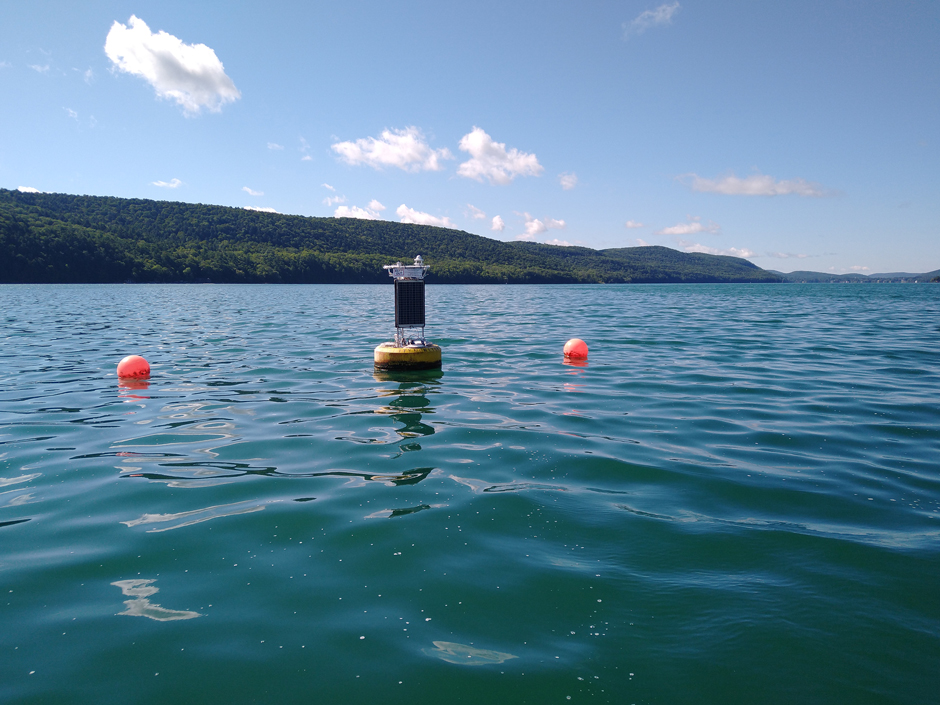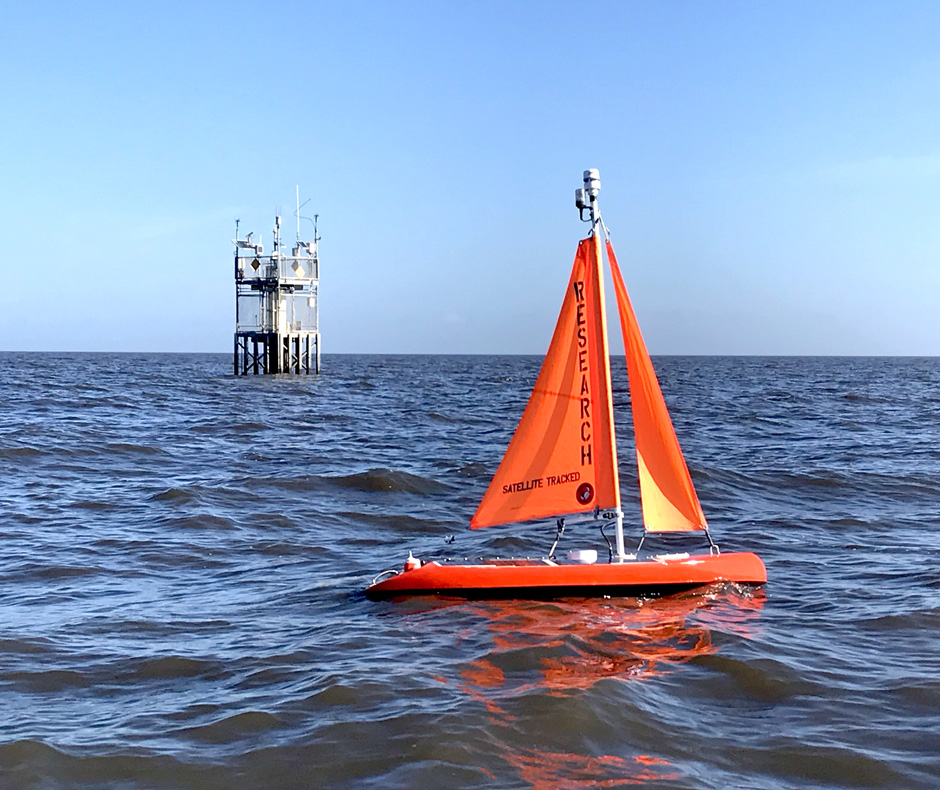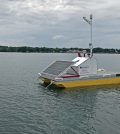Posts for tag "HABs"
Combining Academia and Lake Associations: Monitoring Lake Lillinonah
Lake Lillinonah may be Connecticut’s second-largest lake, but it holds a great deal of meaning for locals and researchers in the surrounding towns. The lake is so significant to the surrounding community that it is one of...
- Posted March 4, 2024
Before and After Harmful Algal Blooms: Long-Term Monitoring and Modeling in Otsego Lake
Throughout the years, harmful algal blooms (HABs) in the Laurentian Great Lakes have been meticulously documented and closely studied due to their annual appearance across the basin. While these blooms have become a recurrent issue in the...
- Posted August 28, 2023
New Tech Aims to Make Algal Bloom Monitoring Faster and More Dynamic
Technology on the horizon will allow researchers to track harmful algal blooms and measure their toxicity in real time.
- Posted July 7, 2021
Lake Superior Algal Blooms Surprise, Highlight Need for More Monitoring
Algal blooms showed up unexpectedly in Lake Superior. Researchers pieced together their cause and are on the lookout for future blooms.
- Posted October 21, 2020
San Francisco Bay’s Nutrient Phenomena
Two data buoys recently deployed in the shoals of San Francisco Bay could be filling the important data gap on the local impacts of nutrient loading.
- Posted September 30, 2020
Mobile HAB Lab, Citizen Scientists Building Awareness
The Mobile HAB Lab project is taking awareness about Microcystin to the public in Pennsylvania to help keep people and pets safe.
- Posted October 23, 2019
Handheld Cyanotoxin Detection Technology Prototype
Engineers have developed a prototype for a handheld cyanotoxin detector that works with a cell phone for real-time results in the field.
- Posted October 17, 2019
Alabama’s Dauphin Island Sea Lab Features Diverse Environmental Monitoring
Dauphin Island Sea Lab features aquatic environmental monitoring and research as well as an Estuarium full of Alabama’s aquatic life. DISL also features educational programs for K-12 on up to adults, including a program where students learn...
- Posted August 7, 2019
Solar and Wind-Powered, Algae Tracking Boat Trialed in Florida
FAU scientists have trialed a new solar-powered, algae tracking boat which may help warn of impending blooms.
- Posted July 15, 2019
Could Bacteria Target Algal Microcystin Toxins Released Into Water?
New research into bacteria that naturally degrade microcystins could offer new alternatives for drinking water treatment.
- Posted June 28, 2019
The Seneca Lake Watershed Management Plan
Harmful algal blooms are occurring in Seneca Lake, and a team with an updated WMP and frequent monitoring is hoping to counter them.
- Posted March 8, 2019
Thomas More Biology Field Station: More Than 50 Years of Great River Research
Thomas More Biology Field Station tracks Ohio River health, raises freshwater mussels and Eastern hellbenders, monitors for HAB and more.
- Posted January 11, 2019
Jefferson Project Expands Smart Tech to Skaneateles Lake
The Jefferson Project has begun a pilot program in Skaneateles Lake to determine what caused a large harmful algal bloom in 2017, the lake’s first.
- Posted November 2, 2018
When Green Isn’t Good: Cyanobacterial Toxin Knowledge and Toxicity Forecast High on Stone Lab’s List of Research Pursuits
Ohio State’s Stone Lab researchers make headway in understanding Microcystis toxin production and predicting toxicity of HAB events in the Lake Erie region.
- Posted October 25, 2018
















